NASA’s Kepler Marks 1,000th Exoplanet discovery. Discovers more small worlds in Habitable Zones of other planetary systems.
Above: Illustration of recently-discovered Kepler-186f, possibly Earthlike exoplanet that could be a host to life. Credit NASA Ames, SETI Institute, JPL-Caltech, T. Pyle.
Top image: NASA’s Kepler mission newly discovered Exoplanets. Credit: NASA/Ames/JPL-Caltech
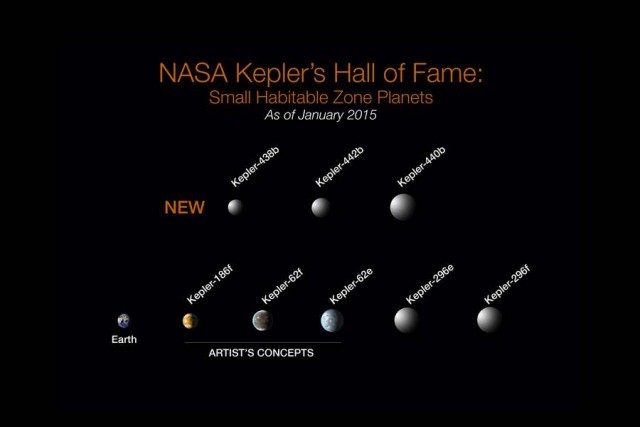
Of the more than 1,000 verified planets found by NASA’s Kepler Space Telescope, eight are less than twice Earth-size and in their stars’ habitable zone. All eight orbit stars cooler and smaller than our sun. The search continues for Earth-size habitable zone worlds around sun-like stars.
How many stars like our sun host planets like our Earth? NASA’s Kepler Space Telescope continuously monitored more than 150,000 stars beyond our solar system, and to date has offered scientists an assortment of more than 4,000 candidate planets for further study — the 1,000th of which was recently verified.
Three of the newly-validated planets are located in their distant suns’ habitable zone, the range of distances from the host star where liquid water might exist on the surface of an orbiting planet. Of the three, two are likely made of rock, like Earth.
John Grunsfeld, associate administrator of NASA’s Science Mission Directorate, said:
“Each result from the planet-hunting Kepler mission’s treasure trove of data takes us another step closer to answering the question of whether we are alone in the Universe. The Kepler team and its science community continue to produce impressive results with the data from this venerable explorer.”
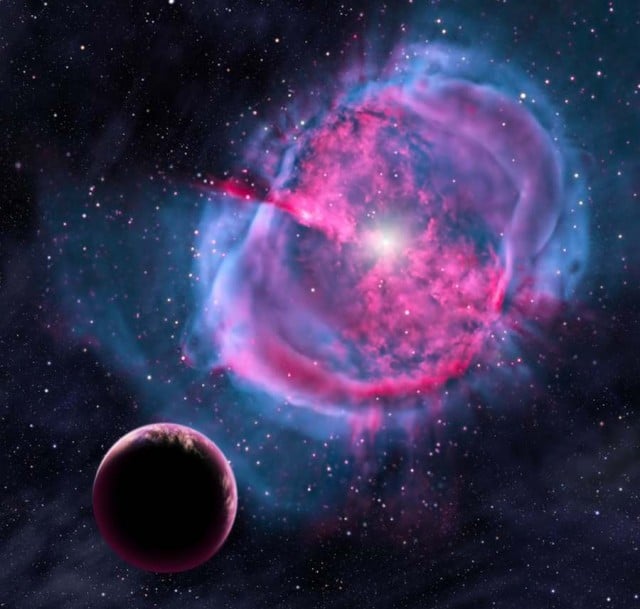
An artist’s conception of a planet orbiting an ancient planetary nebula. Credit: David A. Aguilar/CfA.
Co-author Doug Caldwell, SETI Institute Kepler scientist at NASA’s Ames Research Center at Moffett Field, California, said:
“With each new discovery of these small, possibly rocky worlds, our confidence strengthens in the determination of the true frequency of planets like Earth. The day is on the horizon when we’ll know how common temperate, rocky planets like Earth are.”
Fergal Mullally, SETI Institute Kepler scientist at Ames who led the analysis of a new candidate catalog, said:
“Kepler collected data for four years — long enough that we can now tease out the Earth-size candidates in one Earth-year orbits. We’re closer than we’ve ever been to finding Earth twins around other sun-like stars. These are the planets we’re looking for”.
Read more at NASA

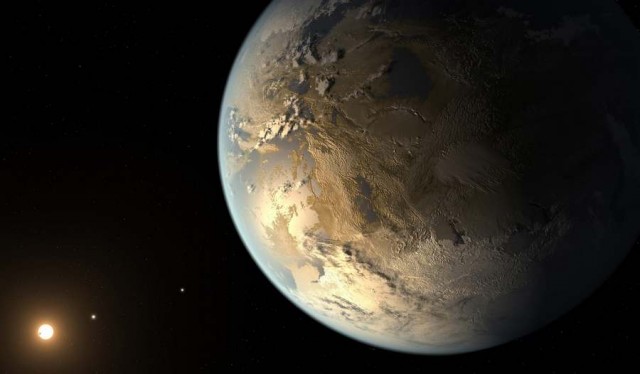
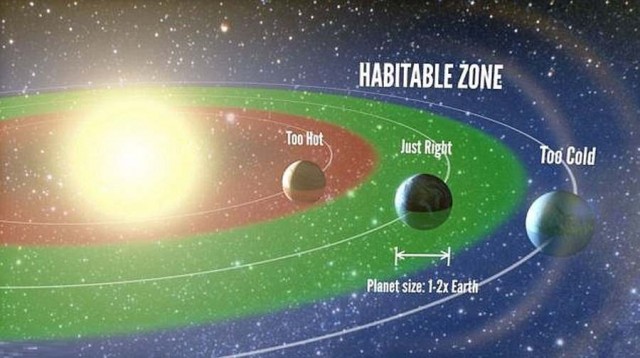
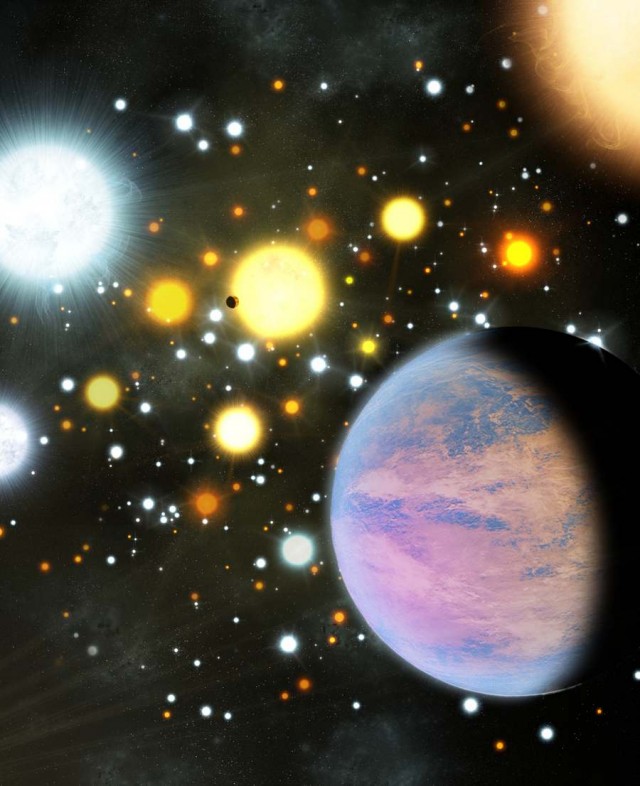
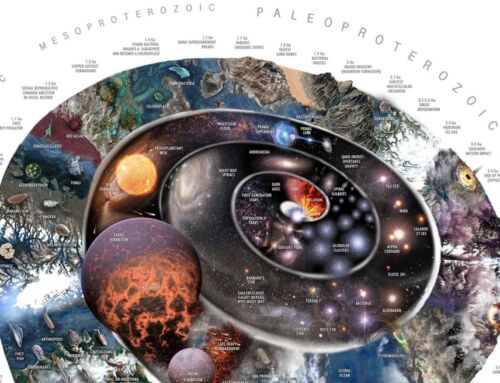
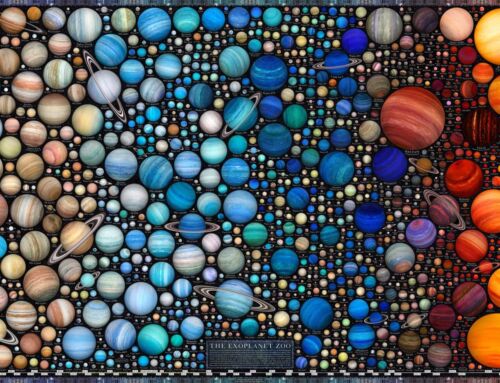
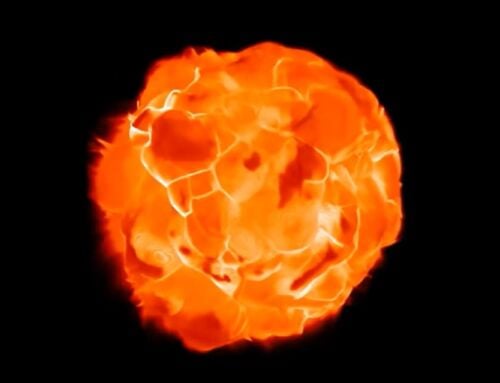
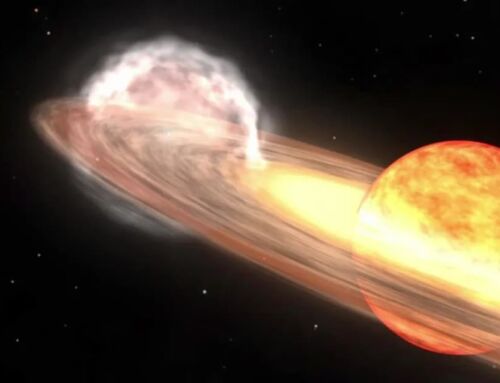
Leave A Comment